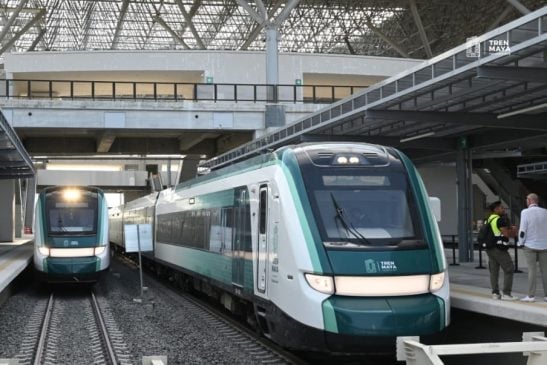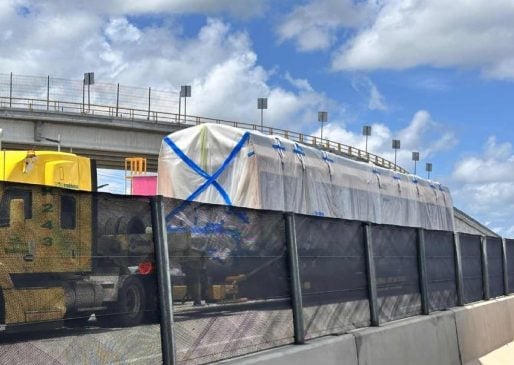Mexico City, Mexico — The Ministry of Agrarian, Territorial and Urban Development (Sedatu) have published a territorial planning program for the south-southeast. The program was published in the Diario Oficial de la Federación (DOF) June 4 and affects the states of Campeche, Chiapas, Tabasco, Yucatán and Quintana Roo.
The Secretaría de Desarrollo Agrario, Territorial y Urbano (Sedatu) reported that with the new program, both “state and municipal governments in the area can now consult the POT-RSSE, which proposes strategies and actions to benefit more than 13 million people.”
The Official Gazette of the Federation (DOF) published the executive version of the Land Management Program for the South-Southeast Region (POT-RSSE), a planning instrument prepared by the Ministry of Agrarian, Territorial and Urban Development (Sedatu) that proposes short, medium and long-term objectives, strategies and actions in the orientation of urban development with the arrival of the Maya Train.
The head of this dependency, Román Meyer Falcón, emphasized that the POT-RSSE proposes a model of territorial ordering that guides the development and sustainable, balanced and equitable occupation of the territory. Therefore, it will be the guiding axis to harmonize the instruments of planning and territorial ordering at the state, metropolitan and municipal levels.
“This document allows the municipalities of this region to update their urban development programs. In addition, it takes into consideration that more than 260,000 hectares have been deforested in view of disorderly population growth and this type of instrument is one of the most important elements to be able to contain this problem,” he reported.
Sedatu promoted the development of this instrument with a 20-year vision through the definition of land occupation policies such as conservation and protection (68%) of areas of high environmental, landscape, and cultural value as well as sustainable use (30%) in areas with productive, ecotourism, and agricultural potential and the consolidation and controlled growth (2%) of human settlements.
The region is made up of 271 municipalities and more than 6,500 localities in the states of Campeche, Chiapas, Tabasco, Yucatán and Quintana Roo, which concentrate a population of more than 13 million inhabitants (10% of the national population) and where 70% is concentrated in urban areas.
The area has 46 Protected Natural Areas (ANP) and is the cradle of pre-Hispanic cultures such as the Maya and Olmec, therefore, it has 66 archaeological zones, 8,200 historical buildings and six sites declared World Heritage Sites.
The region also faces great challenges such as reducing inequalities, marginalization and poverty in which more than 55% of its population lives, containing the loss of forests (250 km2 per year), jungles and wetlands (30% in the last 20 years), stopping the overexploitation and contamination of aquifers and containing urban expansion, which in the last 15 years represented more than 228,000 hectares.
The POT-RSSE defined seven strategies that cover aspects such as integrated watershed management, protection of ecosystem services, conservation of cultural and biocultural heritage, socio-spatial equity, adequate housing, industrial and productive development, mobility and effective governance.


